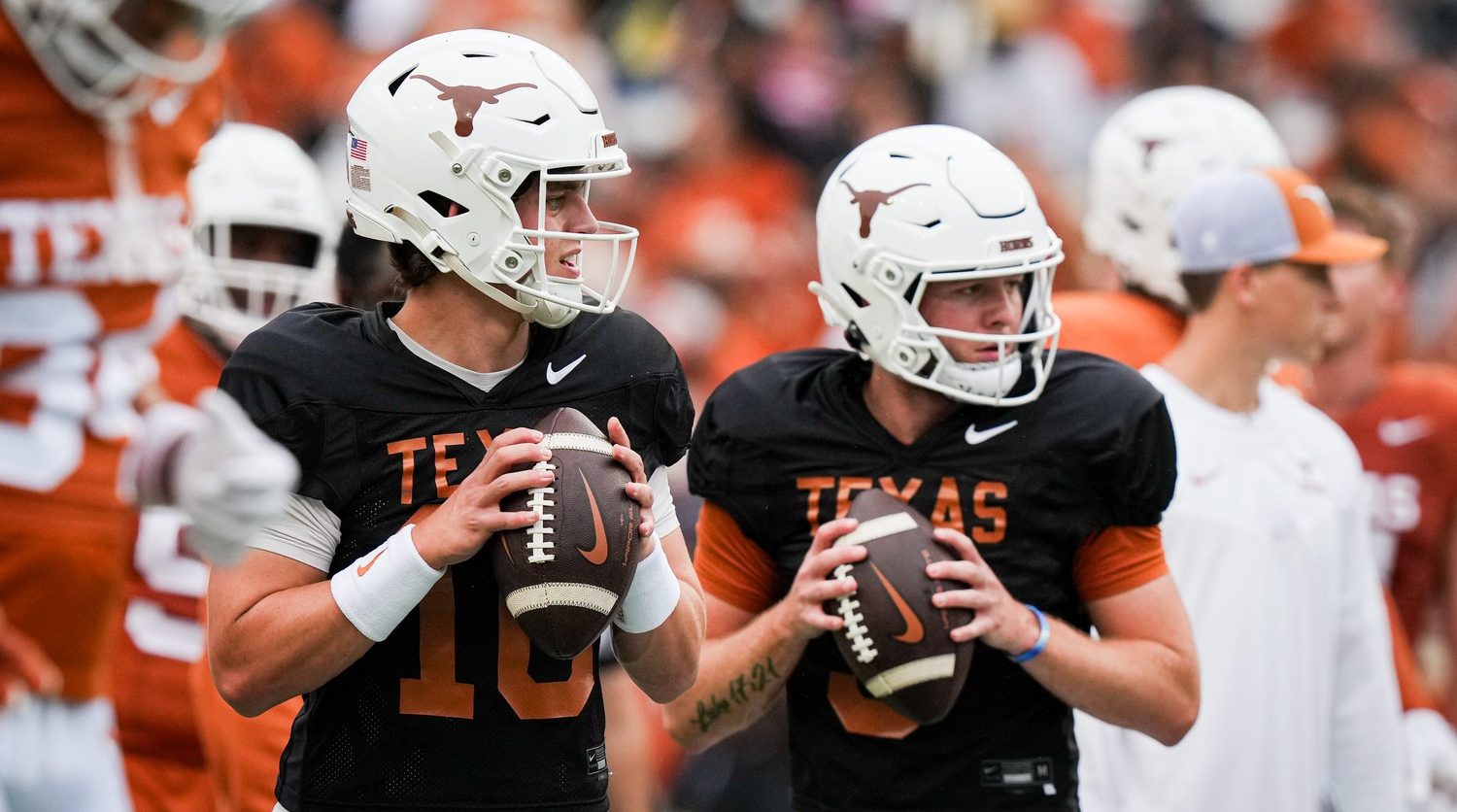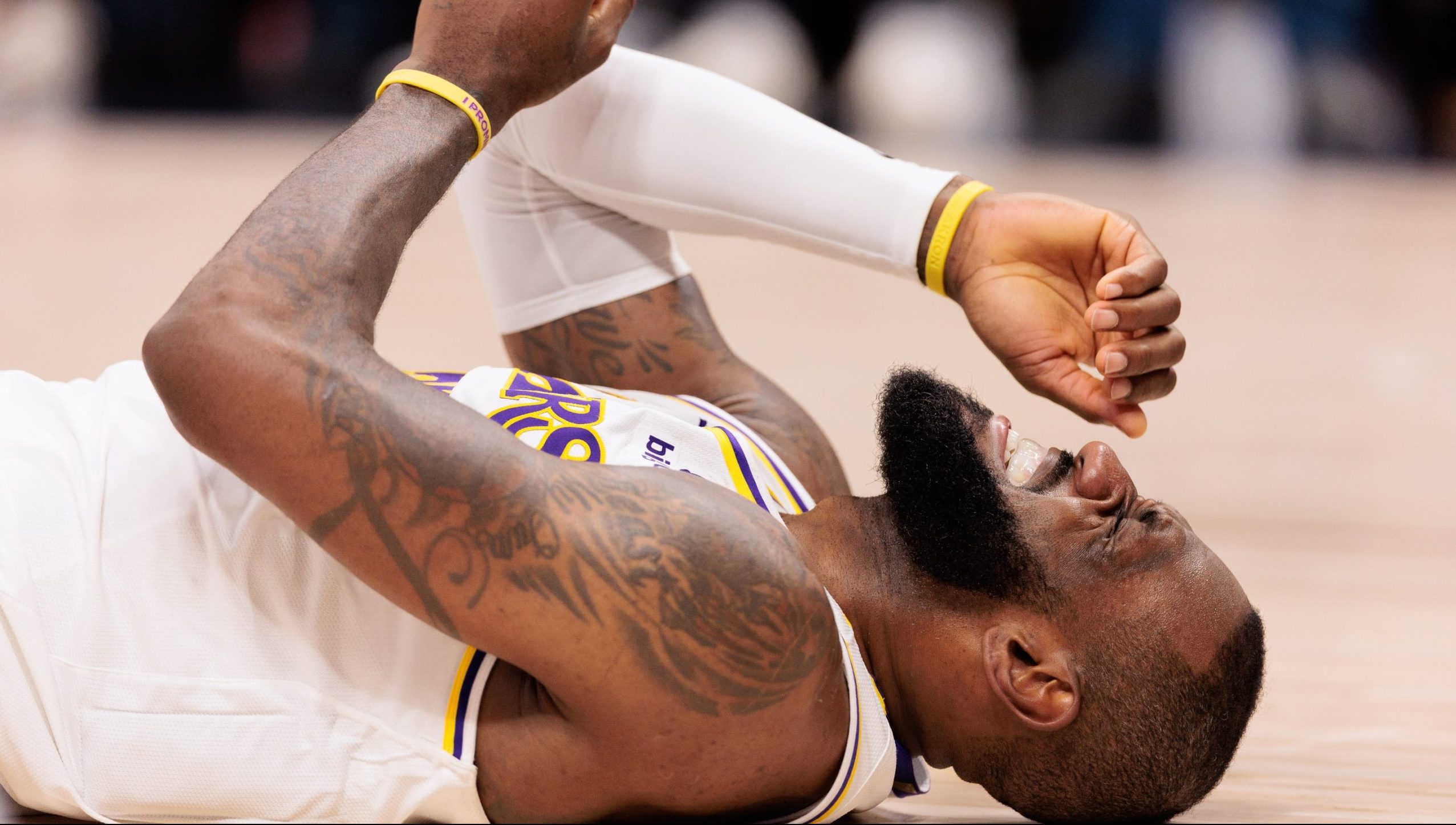While the San Diego Padres defeated the San Francisco Giants on Tuesday night, the Giants spoiled Josh Hader’s first save attempt with the Padres, scoring three runs off of the newly acquired All-Star closer to tie the game. To do that, the Giants had to overcome a disastrous as-bat from home plate umpire, Jeremy Riggs.
It was apparent that Hader’s control was off early in his outing. Mike Yastrzemski walked to lead the inning off. Then, after a Wilmer Flores single, Hader hit Austin Slater with a pitch to load the bases. He then walked Austin Wynns to bring in a run, which made the score 4-2 and brought J.D. Davis up with the bases loaded and nobody out. Hader’s control didn’t exactly come back against Davis, but Riggs felt otherwise.
After Hader fell behind 1-0, his second pitch missed the strike zone inside, but Riggs called it a strike. After he got ahead 1-2 with a pitch on the inside corner, Hader decided to go outside. His 1-2 pitch to Davis was well outside of the zone, but Riggs rang Davis up.
This pitch was called strike three … 🧐 pic.twitter.com/gVq4RSaYFZ
— SF Giants on NBCS (@NBCSGiants) August 10, 2022
Awful strike 1 call and then an unacceptable strike 3 call from the home plate umpire. All with bases loaded and no outs. Changes the game. Sick of this shit. pic.twitter.com/ECO68Dm16I
— Sean Jordan (@BaySean) August 10, 2022
What was particularly odd about this sequence is that if anything, umpires tend to err based on what the pitcher has previously done. If he’s throwing strikes, he’s likely to get pitches that are just off of the zone. If he’s throwing balls, even pitches that are in the strike zone are more likely to be called strikes. Yet Hader struggled with his control all night and still got two calls.
Naturally, as has been the case all year with MLB umpires, baseball fans were not in a forgiving mood.
That’s not a strike. Hader got one there.
— Carlos M. Ramírez (@Tomapapa) August 10, 2022
You just can’t have that happen in that moment https://t.co/voYbAxredu
— Just Mike (@MMarchant96) August 10, 2022
Robo umps soon pls, #SFGiants should’ve continued the rally with no outs https://t.co/KQ7IJitzre
— Jo 🥱 (@JoAreRow) August 10, 2022
Even Padre announcers say that two of the strikes on JD Davis were gifts to Hader. Why should umps and not players decide MLB games?
— Kirk Victor (@kirkreports) August 10, 2022
Hader, err, Home Plate Umpire Jeremy Riggs strikes out J.D. Davis
— John Massey (@JTMassey79) August 10, 2022
Way outside! #SFGiants https://t.co/8miELQhiy6
— Larry Krueger (@sportslarryk) August 10, 2022
There are really two pressing issues here.
One, given how far both pitches were off of the zone, missing one of them would have been bad enough, especially if it was the third strike. But one missed call wouldn’t be the end of the world. Even a second missed call would have been understandable if it was on the same part of the plate as the first — but it wasn’t. That brings us to our second problem.
Not only were both pitches called as strikes but they were on opposite sides of the plate. Strike one was inside while strike three was outside. Missed calls are frustrating enough. But if an umpire has a particular eye for inside or outside pitches, most hitters can live with that, knowing that they have to cover one side of the plate with two strikes or risk getting called out. But if pitches out of the zone are being called as strikes on both sides of the plate, hitters don’t stand much of a chance.
That was the case with Davis here. As things like this continue to happen, robot umpires are only going to be more desirable.
[SF Giants on NBCS, Sean Jordan]





